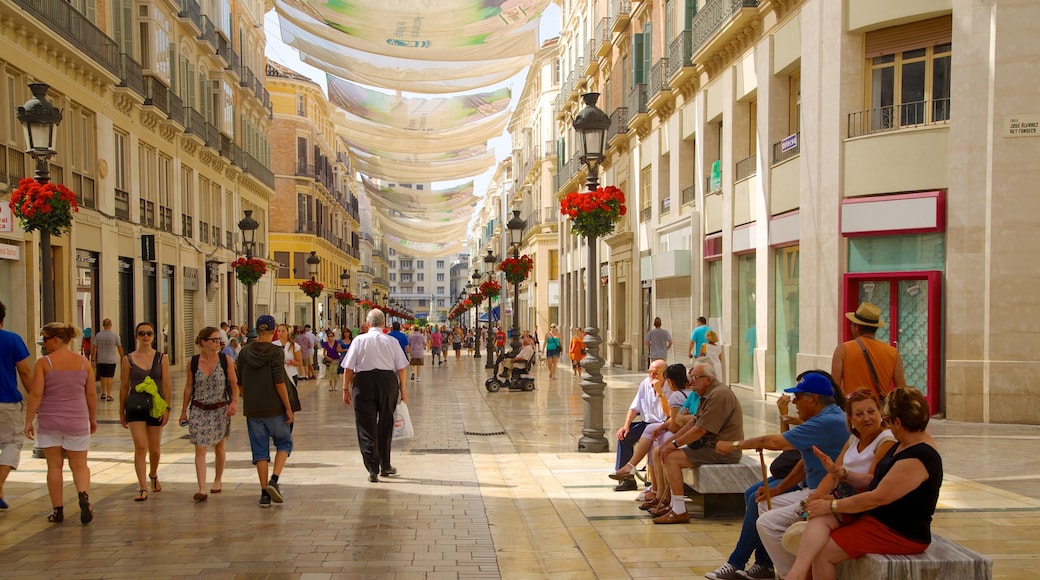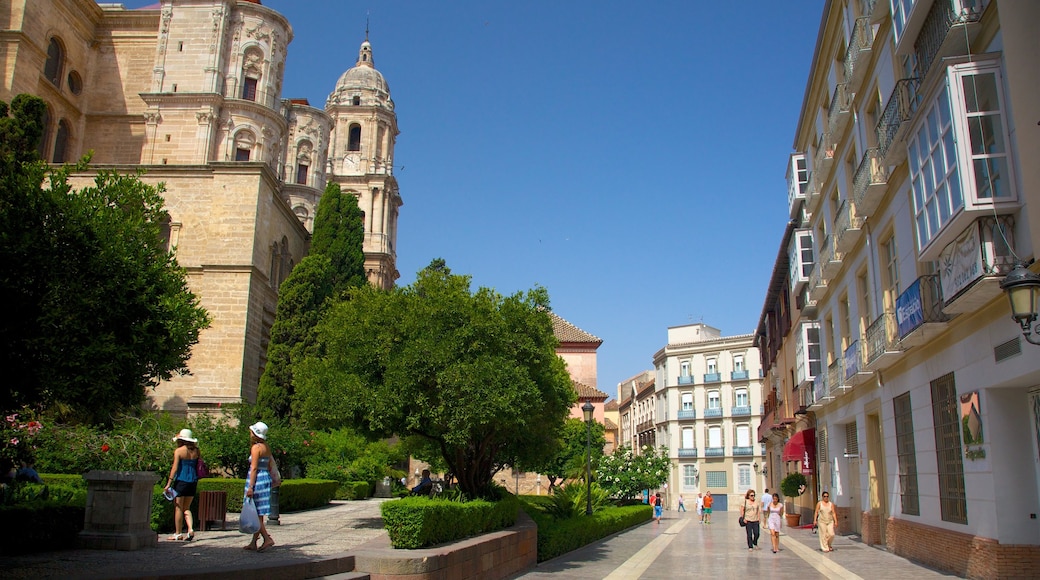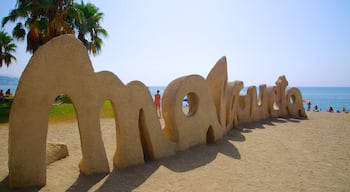Stroll through the winding streets of the old townof Malaga and you’ll see the Paseo del Parque,with its rows of palm trees, the historic ruins of the Roman amphitheatre andthe monumental Cathedral of Malaga. Visit theMoorish Alcazaba Fortress where you can walk up a steep path up to the symbolof the city, the Moorish Castle, which offers stunning views over the AlboranSea toward Morocco.
A major draw, not surprisingly, is the almost yearround south Spanish sun. However, don’t try too many activities outside duringthe peak noon heat, as the sun can be uncomfortably hot. Instead enjoy asiesta, or nap, followed by lunch with adobo (fish marinated in wine), gazpacho(cold tomato soup) or pescaíto frito (fried fish).
Like everywhere in Spain, Malagalikes to start things very late, so you have more than enough time to visit oneof the many cultural attractions in the city before the food and drink startsto flow. Two of these sites are the birthplace of Picasso (Picasso Casa Natal)at the Plaza de la Merced and the nearby Picasso Museum in Malaga.
Additionally, you can visit the over 30 localmuseums that are dedicated to art and history or you can attend a publicpresentation. While the afternoon sun starts to fade, enjoy the"living" statues in the public squares and get some retail therapy atthe major shopping streets. If it’s festival season, enjoy the parades ofSemana Santa during the Easter and the Feria de Malaga in August.
Malaga province islocated on the Costadel Sol in Andalucia. Running along the city is more than 160 kilometresof Mediterranean coastline with long, sandy beaches - a pretty nice spot tosunbathe, enjoy a drink on the beach or get involved in some water sports. MalagaInternational Airport offers flights to all major cities in Europe and thereare good connections from Malaga to Madrid andBarcelona via the high-speed trains.



















